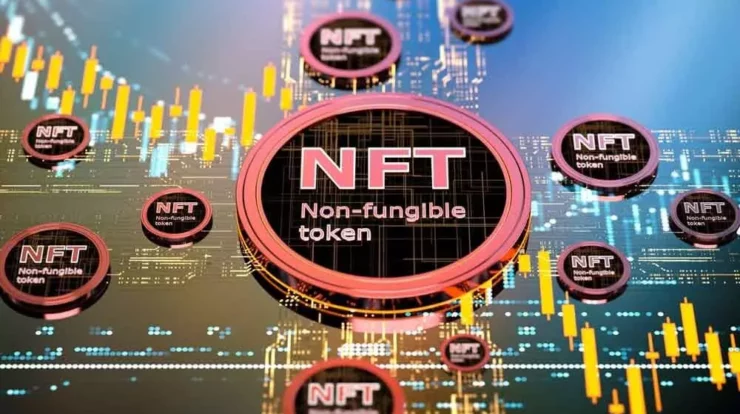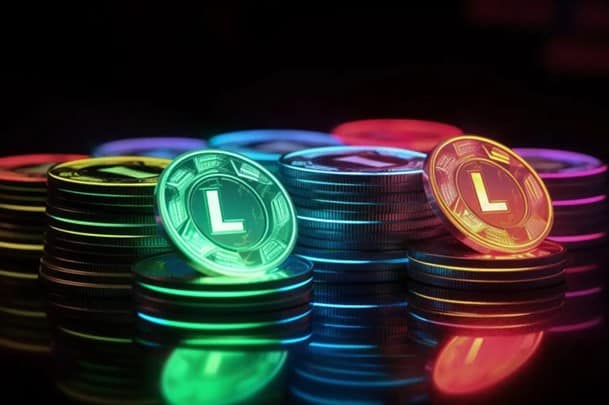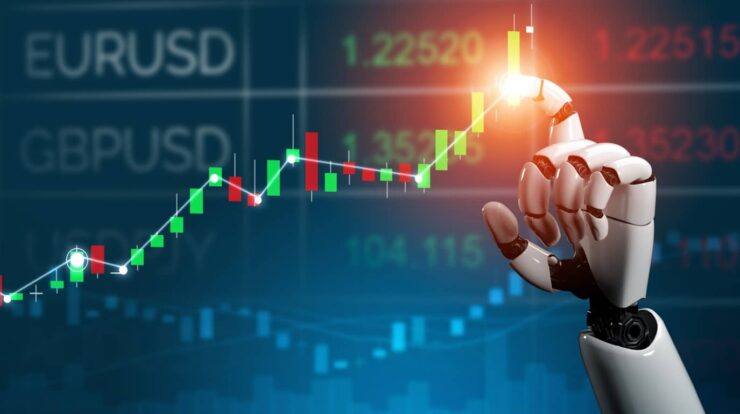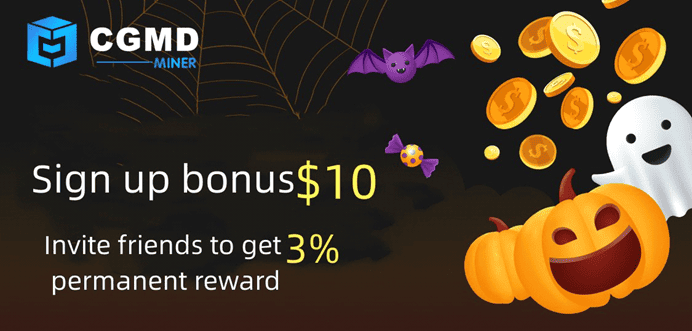
When it comes to the crypto world and all the terms that are used, the NFTs phrase is probably the one you’ve been curious about the most nfts meaning. It’s probably the most used phrase, along with blockchain, crypto wallet, seed phrase, moons, and a few others.
You may have tried to Google it to find out what it means and how to explain it. If so, you may have come here on your first try looking for a simple explanation that won’t take you 30 minutes to read, or you may have spent a long time on Google looking for useless explanations that wasted your time. Without further ado, let’s talk about the word NFT in a clear way.
NFTs in Gaming Industry
Even though the global gaming industry keeps growing in all markets, it is still set up in a way that benefits game developers the most and keeps a one-way flow of value going, where players pay money to get access to in-game assets and different ways to play.
On the other hand, blockchain-based games and decentralised applications (dApps) make it easier for players to get the most out of their in-game purchases and assets.
Non-fungible tokens (NFTs), which are digital assets that represent in-game content, drive blockchain technology in gaming.
These tokens are unique, rare, and can’t be split up. The blockchain networks that support NFTs make player ownership, provable scarcity, interoperability, and immutability easier. Together, these advantages could lead to widespread use and a much more fair way to measure value.
What Is A Nft?
Non-fungible tokens, also called NFTs, are unique cryptographic assets that are printed on a blockchain. You’ve probably already read this NFT meaning a few times, but what does it mean? It basically says that they are like a signature that proves who owns the thing they stand for. The best way to think about an NFT is like cards, since they can’t be changed into anything else.
What is a fungible token?
A thing whose values can be changed is called a “fungible token.” If you traded fungible tokens, you would know how much each one was worth. It’s like changing US dollars into Euros, where both currencies’ values are known.
When it comes to non-fungible items, you can’t really compare their value to anything else because they are unique, and their value can depend on a lot of different things. A non-fungible item could be that horrible thing you made out of plasticine when you were a kid.
Some people might think it’s worthless, but it might have a lot of sentimental value for you.
Obviously, when people in the crypto world talk about modern NFTs, they are not really talking about physical items at the moment, even though old historical items are probably the best and most common way to represent an NFT. In the digital world, an NFT can stand for anything, including music, pictures, gifs, videos, and just about anything else.
How Are Nfts Created?
NFTs are made by artists or people with licences through a process called “minting.” Signing a blockchain transaction that describes the token is the first step in this process. Then, the transaction is added to the blockchain to set off a smart contract function that can prove who owns the token.
A smart contract is basically just code that runs the same way on the blockchain network every time. They can store a small amount of information in standard data structures, which is the most important part of figuring out who owns an NFT.
The first thing that brought NFTs to the public’s attention was the game Crypto Kitties. In this game, people could collect and trade virtual kittens that were made as NFTs on the Ethereum blockchain. This was done in 2017! It’s strange that NFTs didn’t become as popular as they are now right away.
Also Check: 20 Best Cryptocurrency and Bitcoin Wallets for Crypto Trader 2022
Why Is Nfts Important?
The answer to this question isn’t easy to give because it depends on whether you’re asking from the point of view of an artist or a collector.
If you’re asking as the ladder, the best way to think about buying an NFT is that it gives you the right to brag that you own it, helps you support the artist who made it, and lets you use the image online without any problems.
As a seller, NFTs are a great way to sell your work, even if you don’t think there’s a market for it. As an NFT, you can sell stickers, digital art, or maybe even sound effects. If you are a seller, the fact that you get a percentage every time your NFT is used in a transaction can be very helpful if your work becomes popular.
Again, it’s hard to explain because it depends on what kind of NFT it is. The answer depends on what NFs are and how NFTs work. For example, if someone posts a picture of themselves on the NFT marketplace and wants to sell it for $1000, it doesn’t seem like a great deal. However, if the NFT is something you can use in a game for esports crypto events, it might be worth your time.
How Do Nfts Work In Nft Games And What Are They?
The best example of NFTs that are actually useful is ones that are used in games. Don’t get us wrong—it might be worth it to own some rare NFTs that people would pay a lot of money for so you can put them in your crypto wallet as the first owner, but the ones that can be used in the real world are always worth checking out.
One of the most popular NFT games is Axie Infinity. It can also be played to earn game, which is another reason why it is so popular. If you don’t know what this is, you can click on the links to find out more about P2E NFT games or what P2E means.
Each Axie, which is a monster in the game that a player can own, is an NFT in this game. With these NFTs, you can make a team and compete against other players on a ranked competitive ladder. So, how NFT works in this game is that each monster has its own stats and effects, which makes the game interesting because each team is more or less different (as certain NFTs do have very slight differences).
Can You Store An Nft On Every Wallet?
A lot of people make the mistake of thinking that NFTs are just a bunch of cryptocurrencies bundled together, which would make them work on all crypto wallets. But it’s not quite that simple, which is why you should check to see if your wallet can store NFTs in their NFT form. If you try to move the NFT to a wallet that doesn’t support it, you might lose it for good.
The Blockchain and Gaming
The global gaming industry makes money from three different types of markets: mobile, PC, and console gaming. Together, these three markets are worth hundreds of billions of dollars and are still growing. But while those who are already in the industry benefit from this strong growth, new players don’t create much value for themselves that will last. Players spend a lot of money on expensive consoles, PCs, or mobile devices, and then they go into gaming environments that have different levels of access. In these old-fashioned games, money only goes in one direction: players have to spend money to get access to exclusive content and features inside the game.
On the other hand, blockchain-enabled games, many of which are decentralised applications (dApps), are more focused on giving players something of value. This change introduces a new way of thinking that lets players better understand the use and worth of assets they get from in-game purchases, regular gameplay, or special events. For example, when a player buys a new piece of armour in a traditional game, the only benefit is that they can play that game better. But in a gaming ecosystem that uses cross-platform non-fungible tokens (NFTs), the same armour can be “tokenized” in a way that turns in-game purchases into assets that can be traded for money or other digital assets or used to get benefits in games that are connected to each other.
Underlying blockchain networks make it possible to make and use these NFTs in multiple gaming environments. Because NFTs are unique and can be made to have value outside of the game they were made for, blockchain-built games have the potential to dramatically grow gaming economies, create new types of games, and encourage the creation of new games. To figure out how this process might go, you need to know what NFTs are.
Non-Fungible Tokens 101
The blockchain gaming industry isn’t the only place where non-fungible tokens are used. These tokens can represent digital and real-world assets like artwork, real estate, collectibles, and even a person’s identity. Because of this, NFTs can be used in many different industries and for many different purposes, and their use is growing quickly. Unlike most other digital tokens, NFTs have three features that set them apart:
Non-fungibility:
As the name suggests, each NFT is a cryptographic token that represents something unique or non-fungible, which means it can’t be traded for another NFT. The blockchain keeps a permanent record of the metadata inside each NFT that can’t be changed.
This record shows what the token is and what it stands for. It’s like a certificate of authenticity. It also shows the token’s history of ownership and transactions. Many cryptocurrencies, like bitcoin (BTC), ether (ETH), and other utility tokens, on the other hand, are fungible, which means that one BTC is basically the same as any other. This means that they are not unique in this way.
Rarity:
One of the most important things that makes NFTs desirable is that they are hard to get.
In the game CryptoKitties, for example, players collect and breed digital cats, each of which is represented by a different NFT.
Some of these CryptoKitties are considered to be rare collectibles, which means that collectors who value their proven scarcity will pay more for them. In 2018, a CryptoKitty named Dragon sold for 600 ETH, which was the same as $170K at the time.
Indivisibility:
Cryptocurrencies like bitcoin can be broken down into smaller units because they are designed to be used as a way to buy and sell things. Most NFTs, on the other hand, can only be bought, sold, and held as a whole unit. This is similar to how you can’t buy 10% of a concert ticket or 60% of a plane ticket. Now that we’ve talked about what makes NFTs unique, we can start talking about the advantages of using these tokens in online gaming.
The Good Things About gaming NFTs
There are many good things about decentralised gameplay, such as:
Ownership:
Traditional in-game purchases are one-time, non-transferable investments that stay locked in a single gaming world. In contrast, when NFTs are used in gaming environments, players own their in-game assets instead of game developers. With blockchain technology, gamers can save in-game purchases, sell them to other players, or move them to other games that support it.
Provable Scarcity:
Collectors like things that are rare and real, and the immutable records in the blockchain network that an NFT is built on show that in-game NFT purchases are rare. This public, distributed ledger verifies the number and uniqueness of each NFT and its history of ownership.
Traditional online games run on servers that are all connected to each other. As a result, game assets are kept in closed systems that don’t talk to each other. Decentralized games, on the other hand, run on their own blockchains, which serve as the backend framework for other connected games. Because of this, game assets that are represented by NFTs can be made to work in different environments. For instance, two games built on the Ethereum network could support the same in-game assets, such as vehicles, armour, or even whole characters.
Immutability:
When a traditional online game shuts down, users usually lose everything they bought inside the game. NFTs, on the other hand, don’t depend on a specific gaming platform. Instead, they live on the blockchain. So, no matter what happens in the game, in-game items can be bought and sold, and new games can be made to connect to an existing blockchain protocol. Also, blockchain-enabled game assets can’t be copied or changed because each NFT creates a permanent record when it is issued.
NFTs and How the Blockchain Gaming Industry Will Change in the Future
The use of non-fungible tokens (NFTs) in gaming has some benefits, but it also makes it harder to do things. Most importantly, NFTs need to be made more appealing and easy to use for people who aren’t necessarily tech-savvy. And because NFTs have their own value, there is a chance that most of them will be used for speculation. This could make players buy in-game assets with the hope of selling them for a profit in the future instead of using them in the game as they were meant to be used.
Even with these problems, the potential for profit in the gaming industry will push more brands that aren’t focused on blockchain to try out NFTs. They will likely do this by forming partnerships with third-party blockchain projects that have the technical know-how to make their ideas come to life. At the same time, the wider success of gaming dApps is likely to play a role in accelerating improvements to NFT infrastructure and driving the development of innovative solutions that open the door to mainstream adoption.



